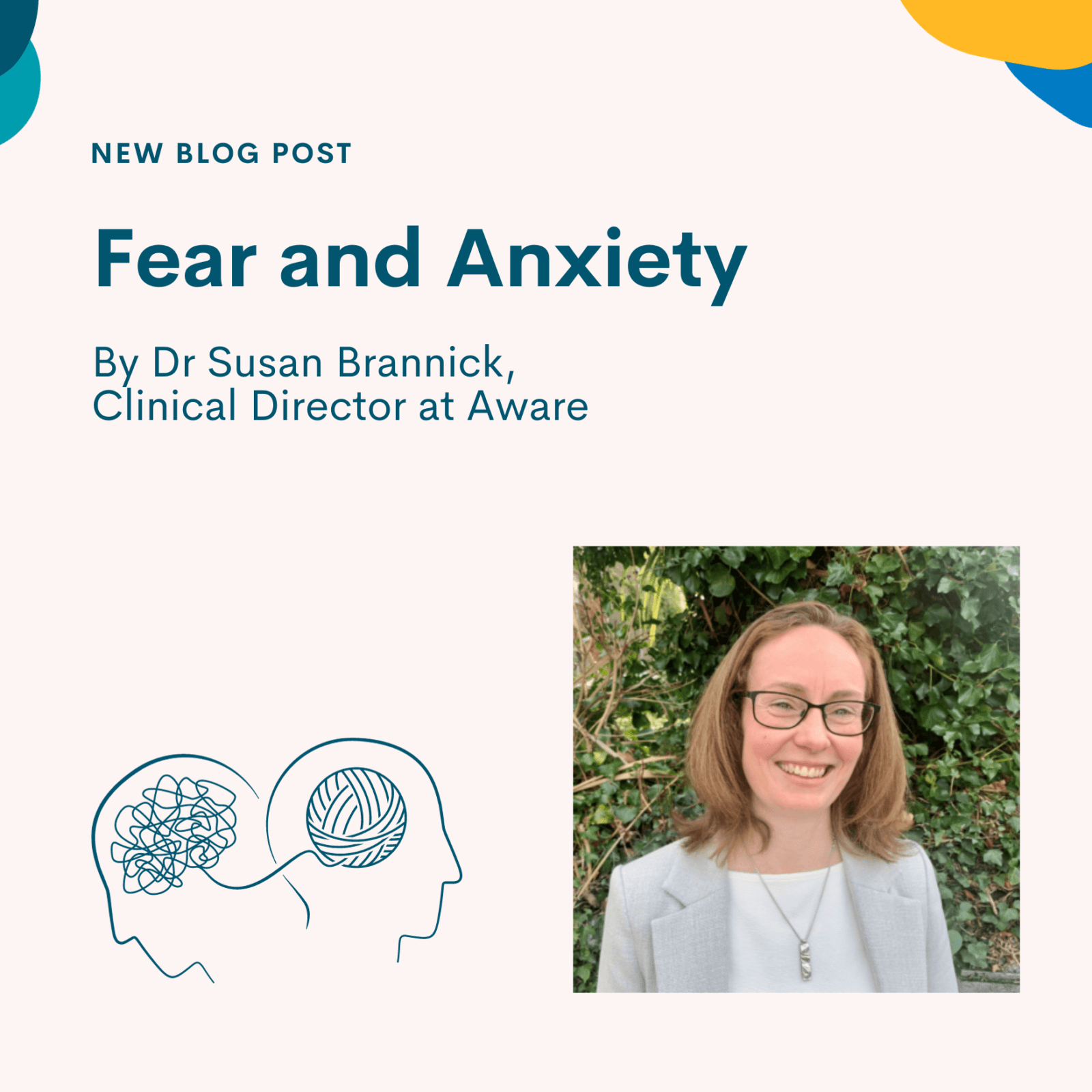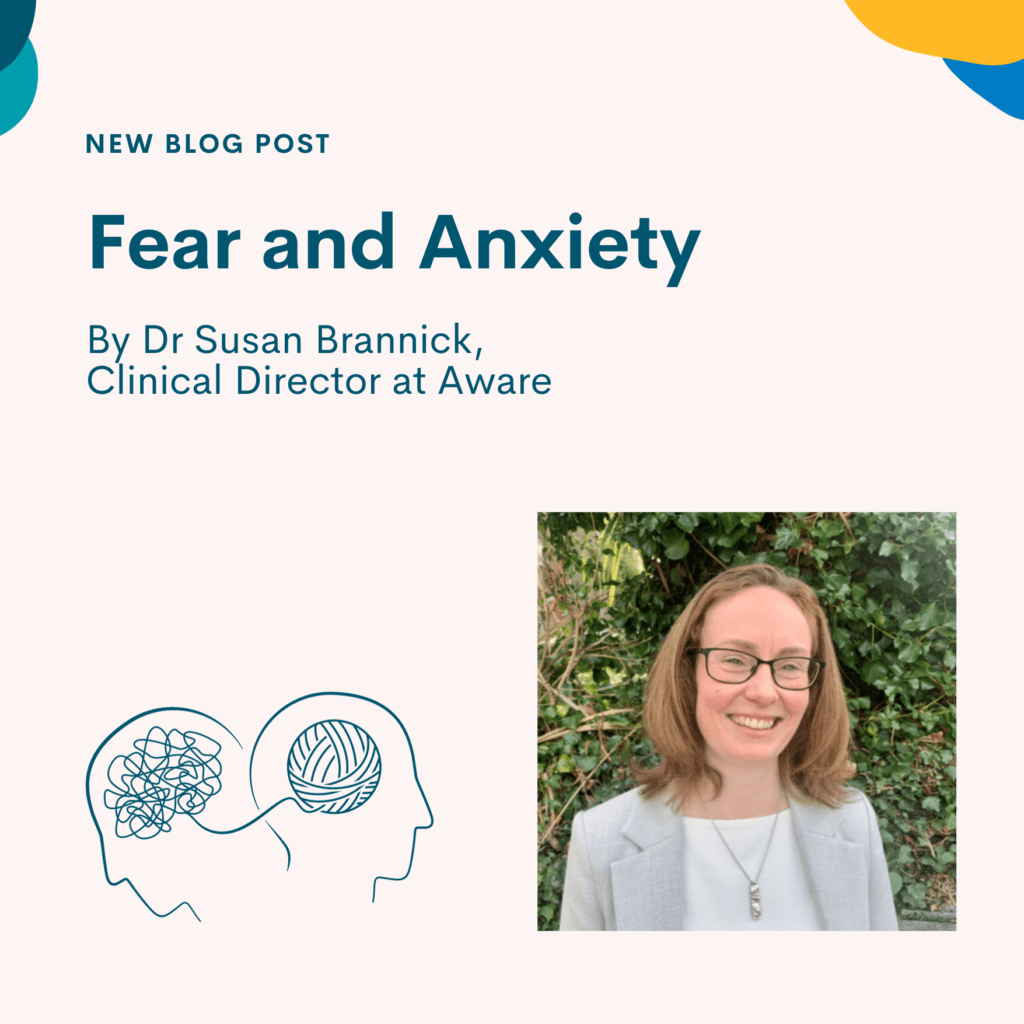
In celebration of Halloween just gone and all things frightful, the British Psychological Society research podcast ‘Psychcrunch’ explored the phenomenon of fear, looking at how, counterintuitively, people are drawn to things that scare them, and whether research in this area can inform how we manage anxiety.
The episode explores the idea of recreational fear, that is, fear as a form of play. Traditionally fear is categorised as a negative emotion as it helps us avoid danger and so by default is unlikely to be pleasurable. However, researchers at the Recreational Fear Lab at the University of Aarhus explore how fear can be an ‘engine of play’ activity. They argue fear can be ‘fun, social and inherently meaningful’. For fear to be enjoyable, researchers found that a ‘sweet spot’ is needed. That is, the right amount of fear. Not too much to be overwhelming, but not too little either.
When considering the benefits of fear, researchers describe the threat simulation theory, which inspired by research on nightmares, argues that nightmares serve an adaptative function – that they force us through threat simulation. Equally horror fiction could be a way in which we imaginatively immerse ourselves into worst case scenarios, or as the lab quotes Stephen King – ‘We make up horrors to help us cope with the real ones’.
Researchers at the lab argue that recreational fear activities could be good for us. They suggest that in western cultures we have become increasingly reluctant to expose children to unpleasant experiences. For instance, avoidance of risky or adventurous play can mean than children are not exposed to different ways of learning how to cope with emotions or interoception (how we understand signals from our body). Research carried out by Helen Dodd and colleagues posits that play that involves adrenaline, thrill, fear and excitement may help children learn about physiological arousal, uncertainty and coping. Certainly, physiological arousal, or the fight, flight, freeze response and uncertainty are central experiences in anxiety.
So, is fear different from anxiety? Sigmund Freud, arguably an early adopter of the construct of anxiety suggests a separation; ‘Anxiety relates to the condition and ignores the object, whereas in fear, attention is focused on the object’. Whilst that doesn’t fully capture the difference, the idea that anxiety centres on the condition, or the internal experience, is compelling. Anxiety can be a highly physical experience, often accompanied by thoughts of not trusting or understanding what is happening in one’s own body. Which is that sense of interoception again.
A lot of research has also been done on the idea of intolerance of uncertainty. This describes the difficulty we have in ‘not knowing’ and how this relates to anxiety. In his research, Mark Freeston found that in the last 30 years people have been finding uncertainty harder to tolerate. This is interesting as in these years we also have had more and more access to information. He suggests that the more information we have, the less certain we feel. This links to the belief we can often hold; that the answer is out there if only we can find it. This belief is particularly relevant in anxiety and how it is possible to circulate for hours on a problem. Whilst worry can often masquerade as problem solving, the body knows the difference. Hours of worry tends not to yield the answer to a perceived problem, but can be exhausting with the fight, flight, or freeze switch stuck in the on position.
Whilst a certain level of anxiety can be good for us, when anxiety starts getting in the way of daily life, and/or if it becomes excessive or disproportionate, an anxiety disorder may be present. If you are concerned about your experience of anxiety, it may be helpful to speak to your GP. And if you are interested to hear more on anxiety more generally, this month’s webinar with Dr Clodagh Campbell will focus on exploring anxiety and how to manage it.
This blog is by Dr Susan Brannick, Clinical Director at Aware as part of a monthly blog series.


